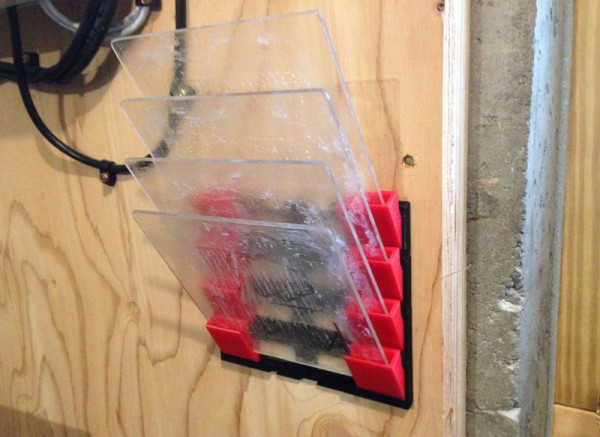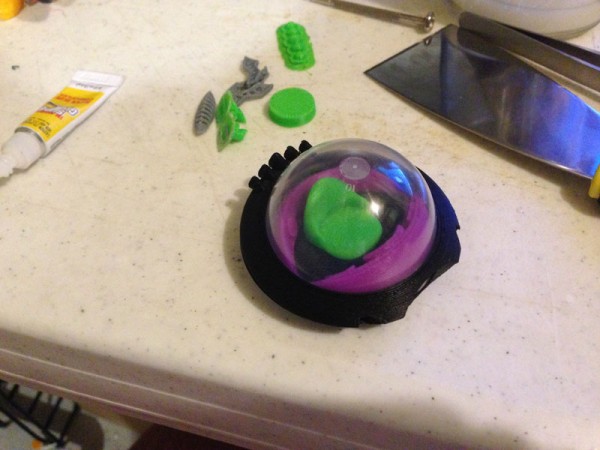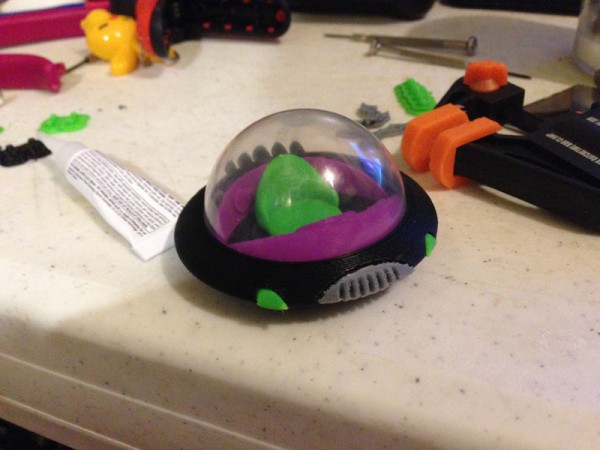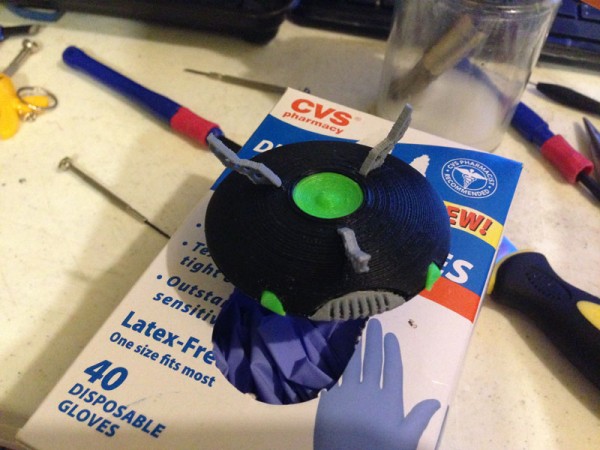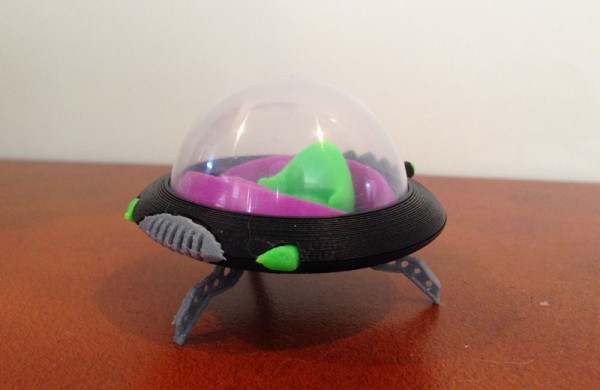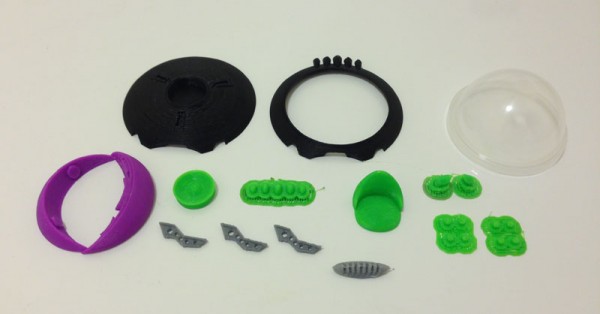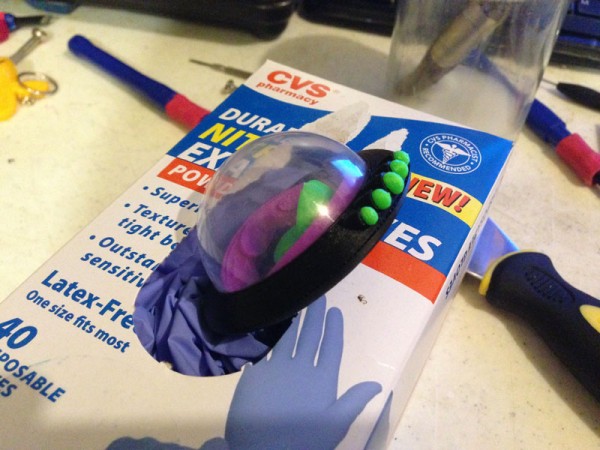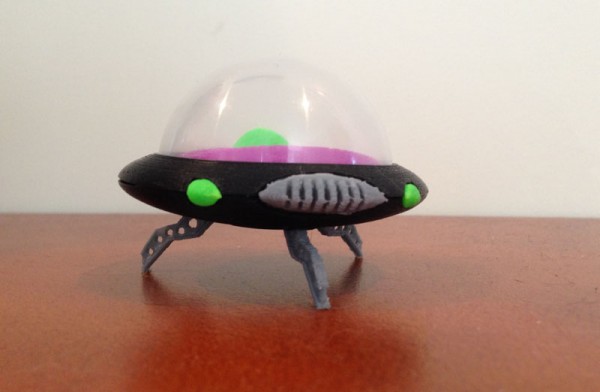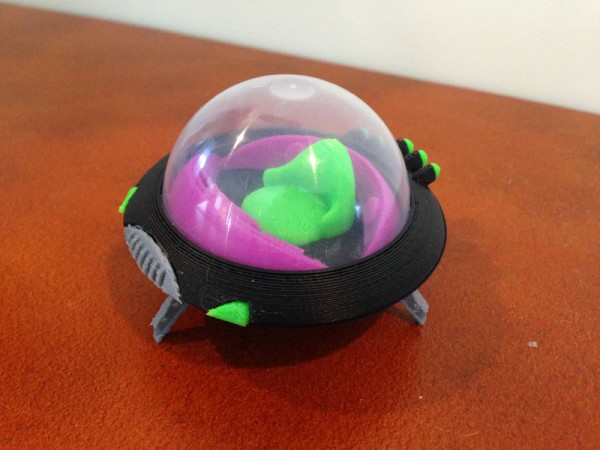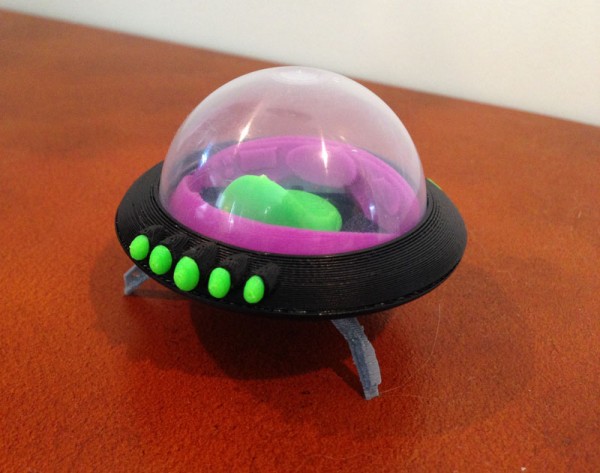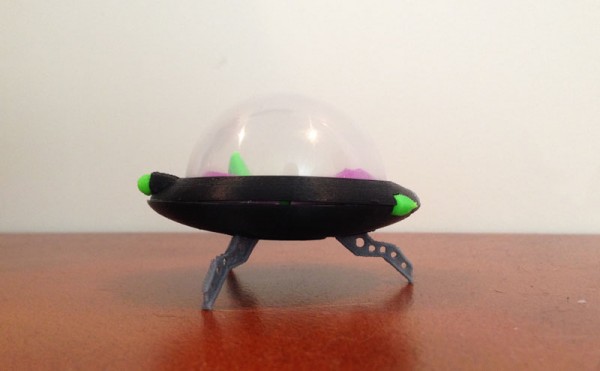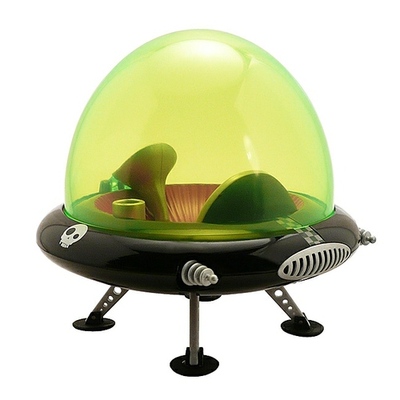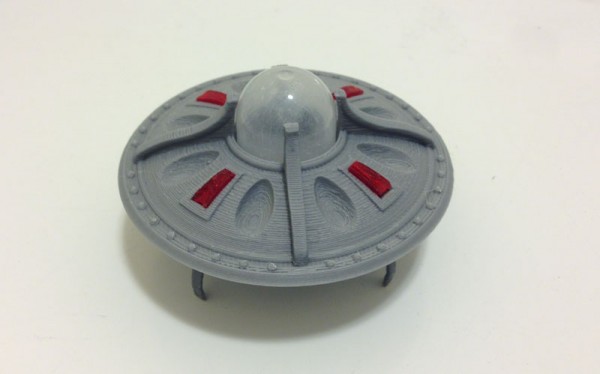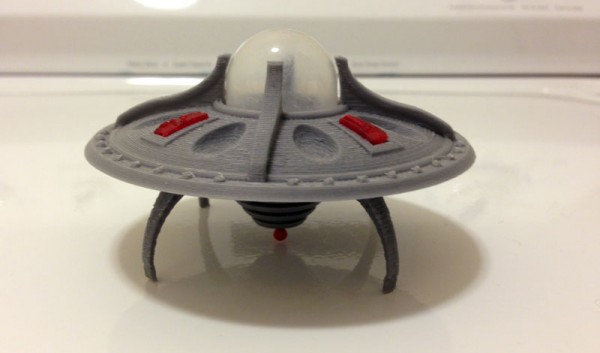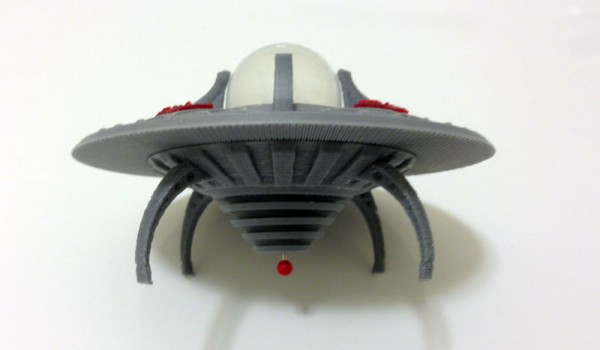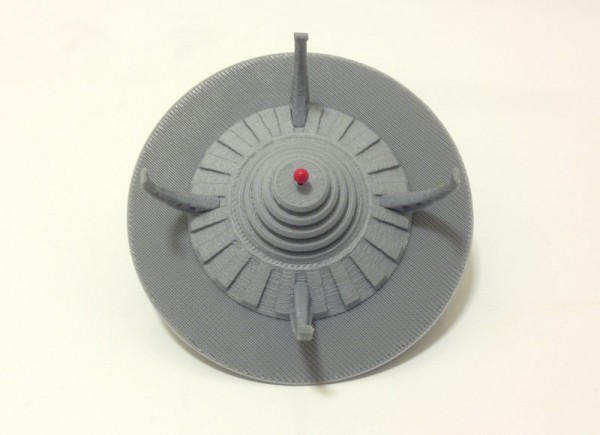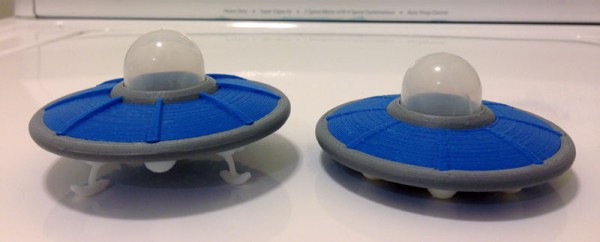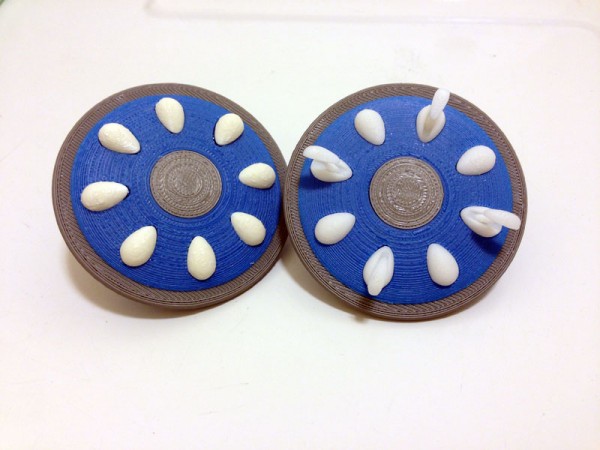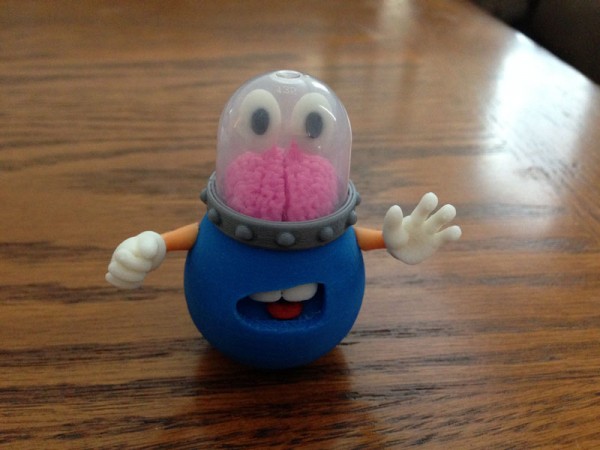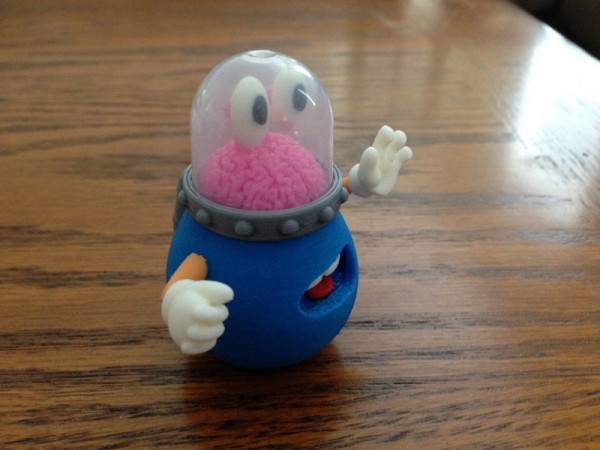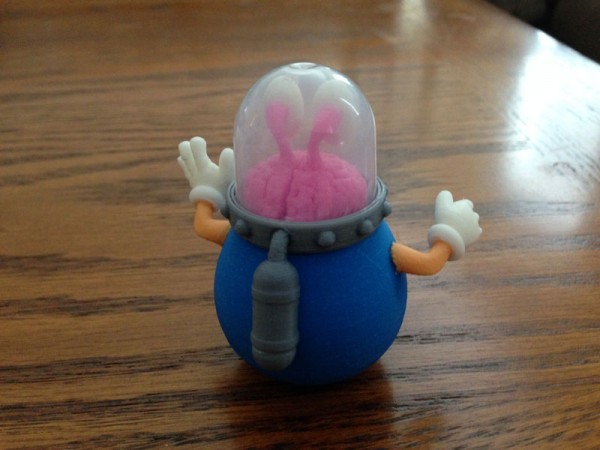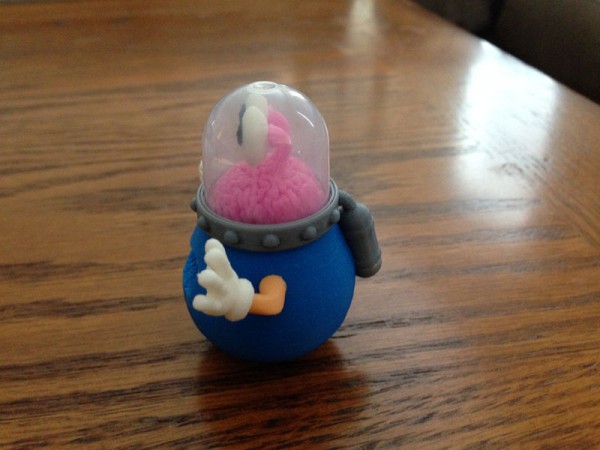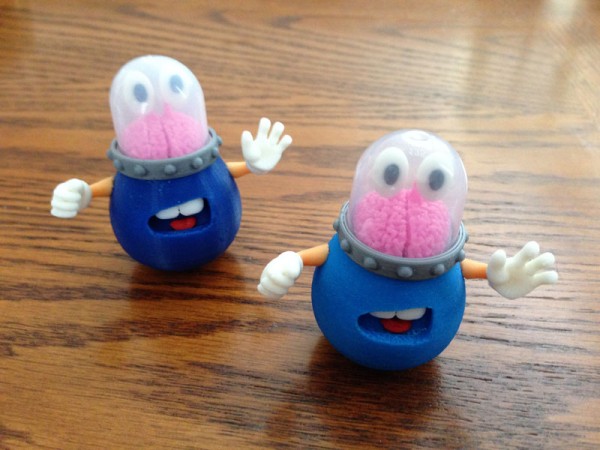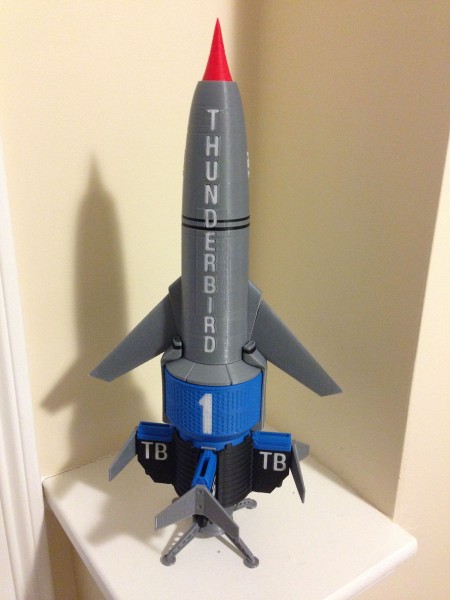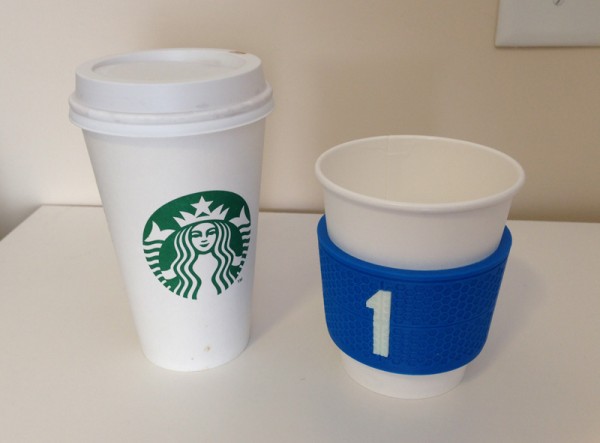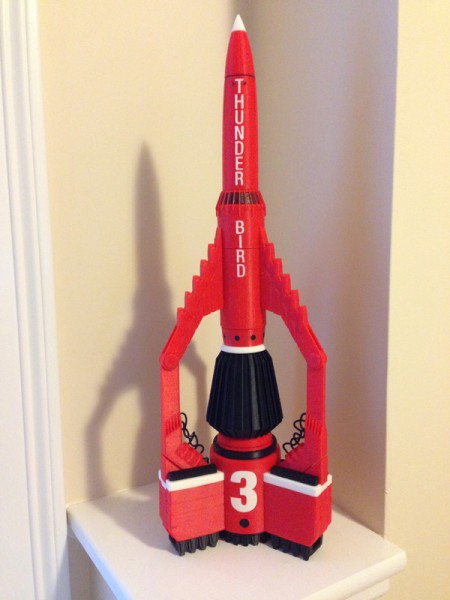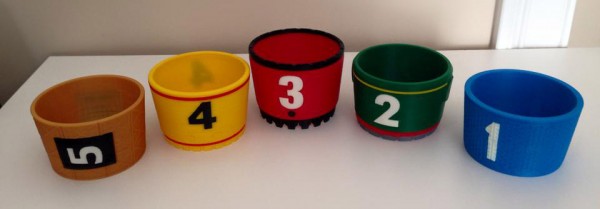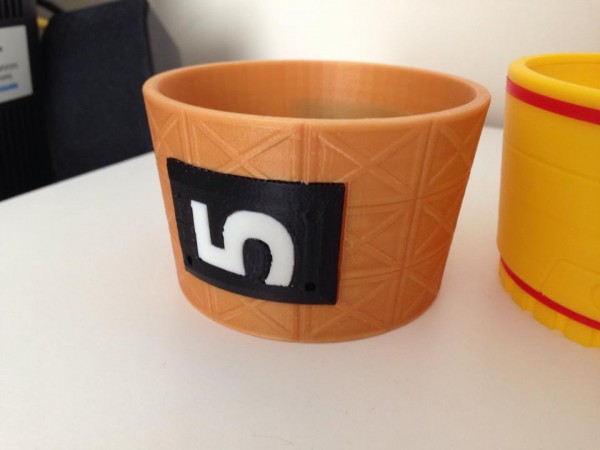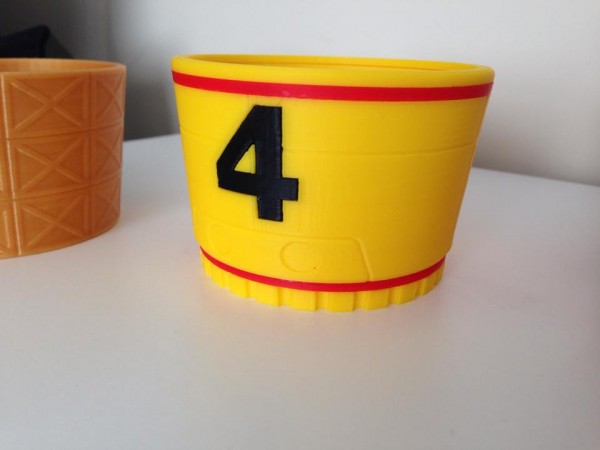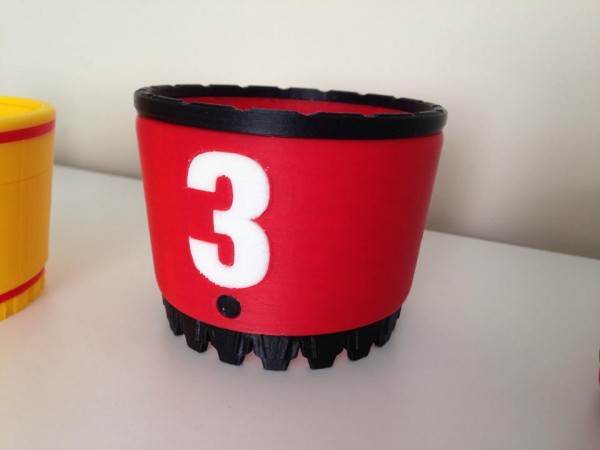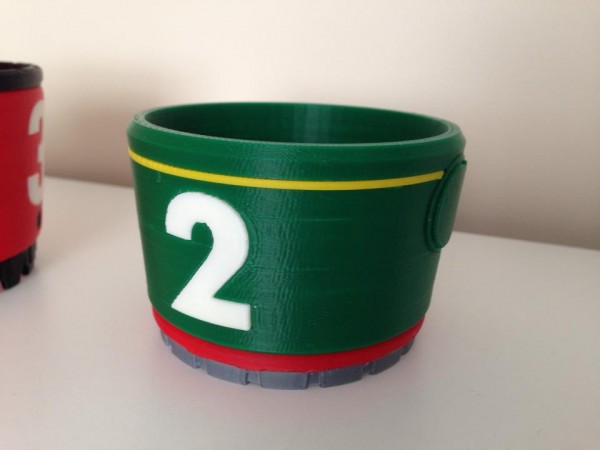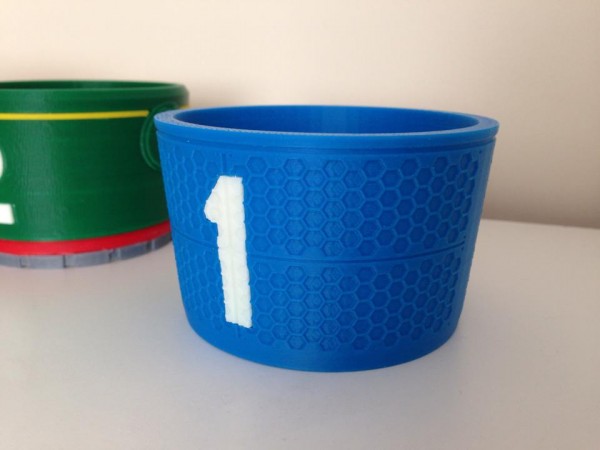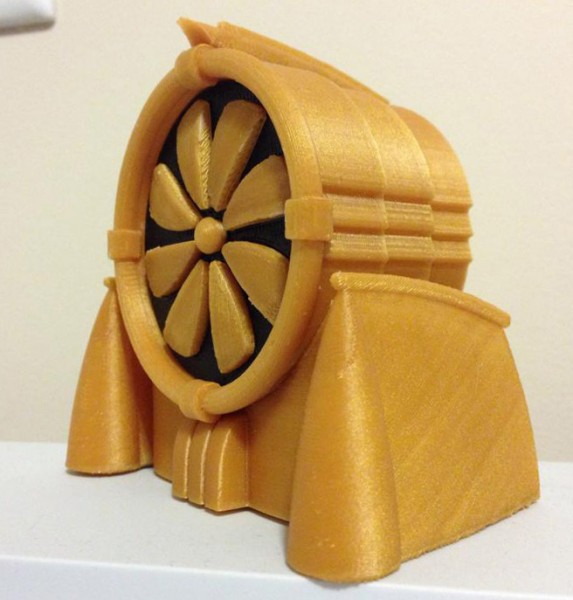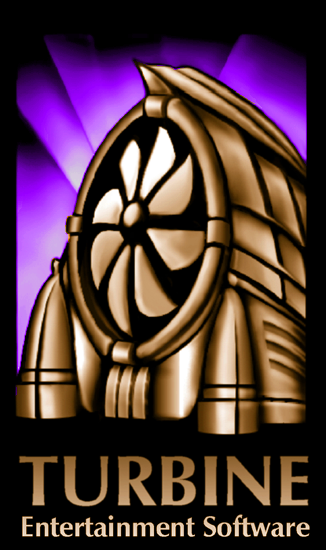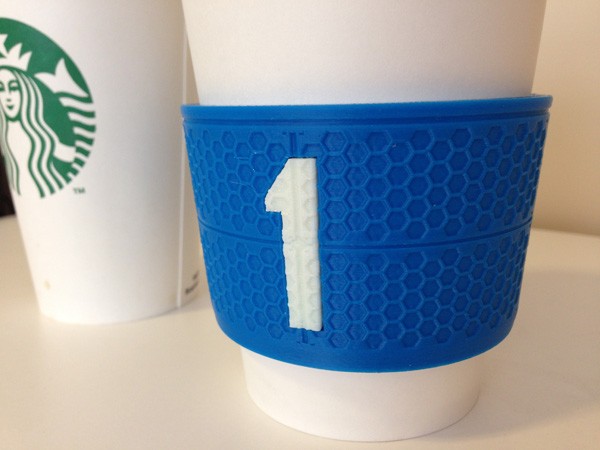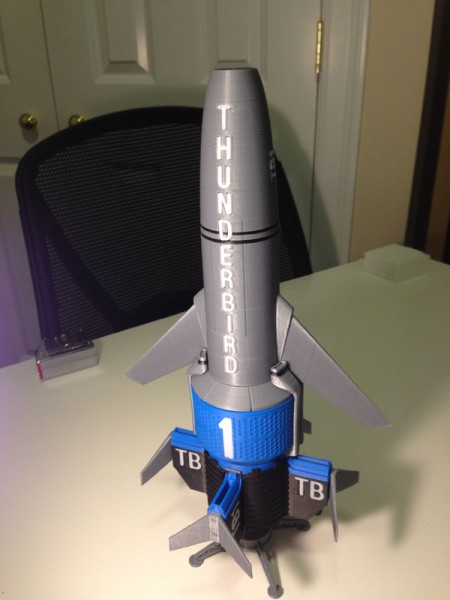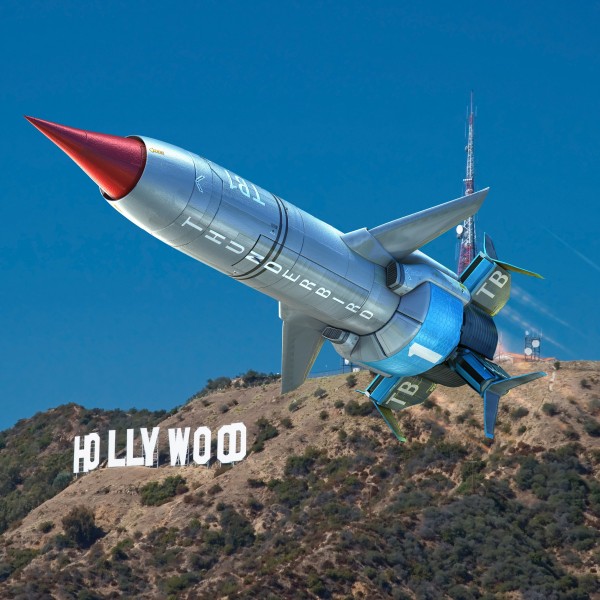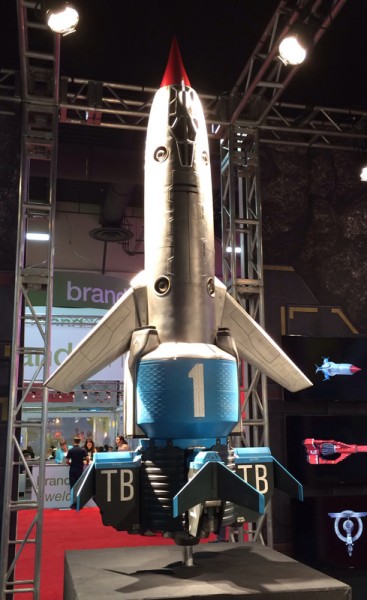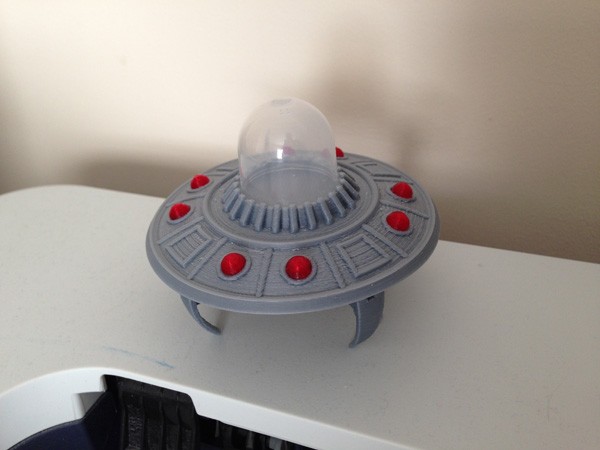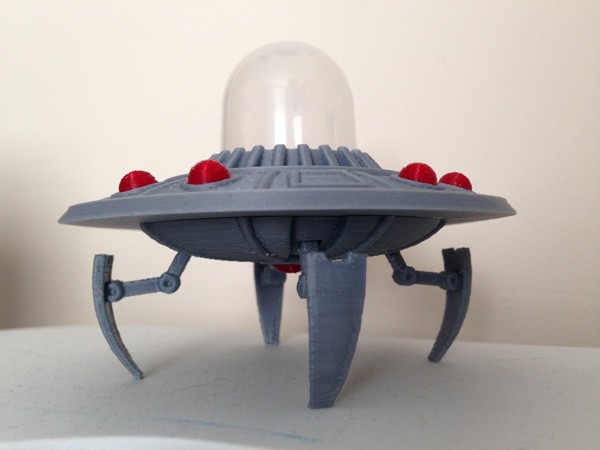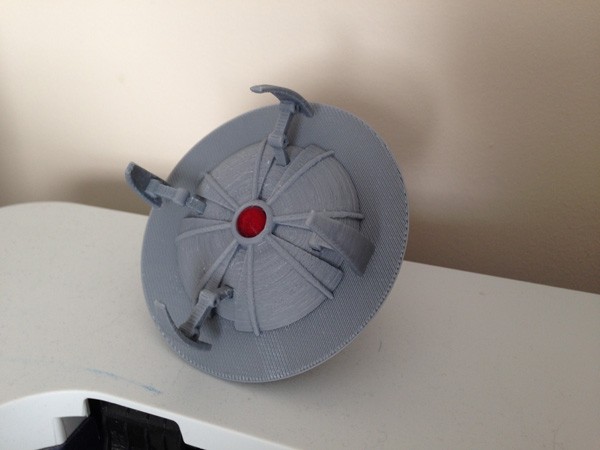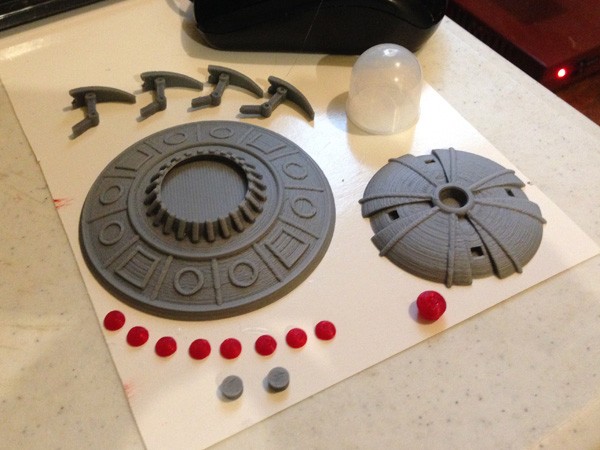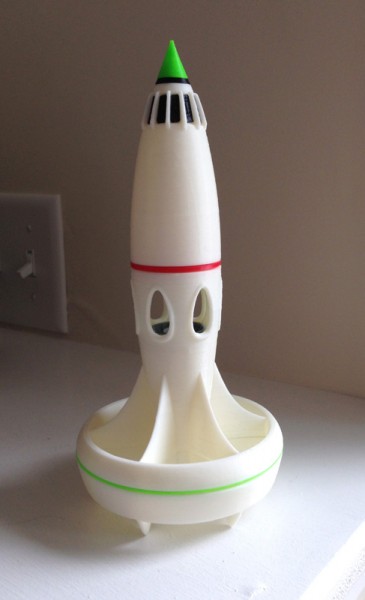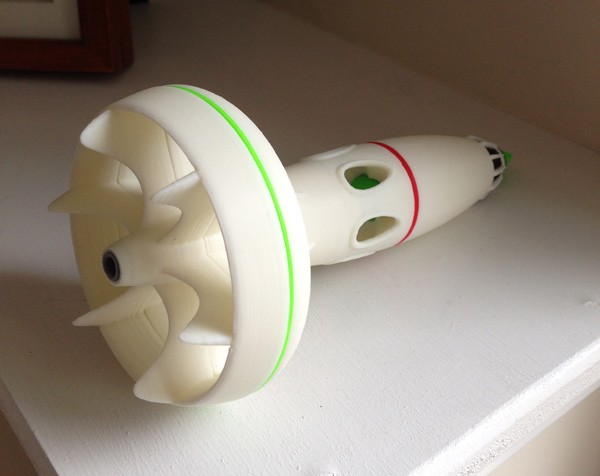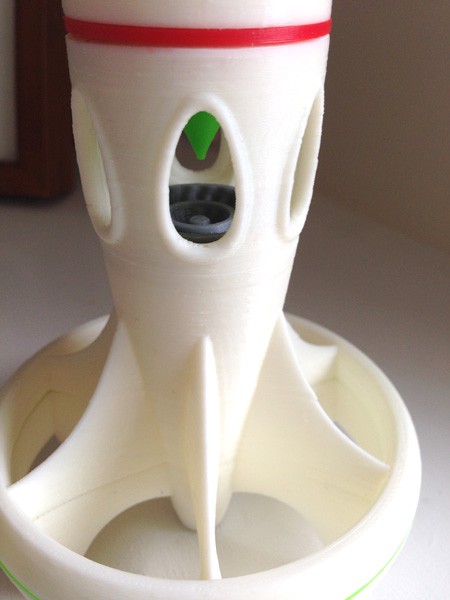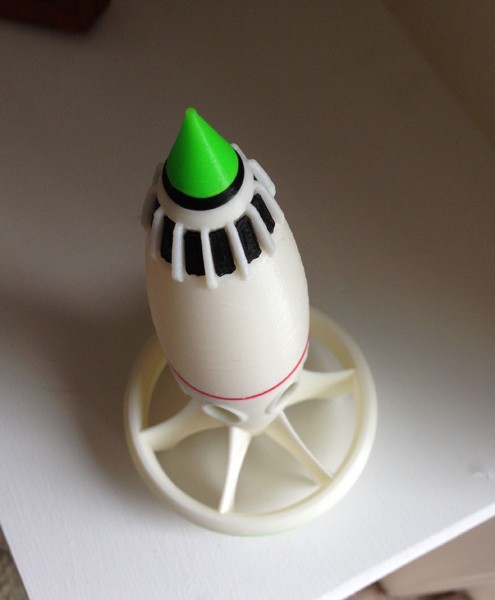The Afinia H479 and H480 (I have one of each) comes with perf-boards to print on. These work fairly well for most purposes, but the boards warp with the stresses of cooling plastic layers, and it’s difficult to print something with a wide bottom that is truly flat, but this is often necessary.
Luckily Afinia also sells sheets of Borosilicate Glass that clamp down to the heated print bed. Alone they do nothing, but when the glass is coated with a thin film of ABS slurry (a mixture of 10% bits of ABS plastic and 90% acetone by weight) something actually magic happens: The print sticks to the unwarpable glass like crazy, and then when it cools, it pops up as if it was almost never attached. I mean I have no idea how this works, but man, it works!
I bought three sheets some time ago and that’s perfect to keep a print flow going. But one of my cats knocked one over and shattered it, and I dropped one, leaving me with one. So I bought three more.
Now I find that they are cluttering up my already cluttered work surface:
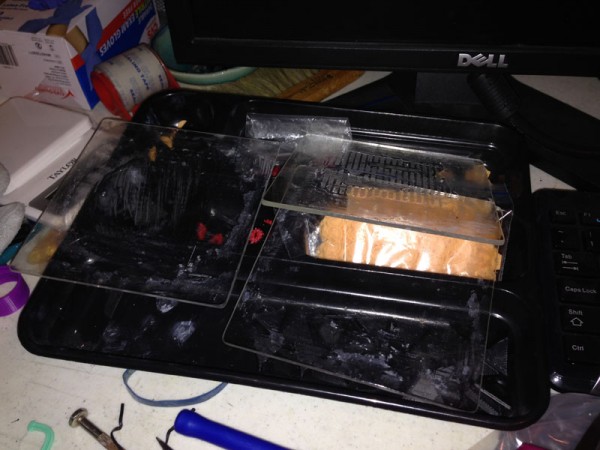
(And this is me organized!)
So I thought I needed some place to store the sheets of glass waiting to be used. I came up with a modular rack system.
Since my Afinia can only print a 5x5x5 volume, and the rack base pieces had to be over 7″ in length, I cut the parts up in two halves with jigsaw tab and slot design so they can snap together. This works very well, snapping very tightly with perfect matching tolerances!
Here you see the two halves apart,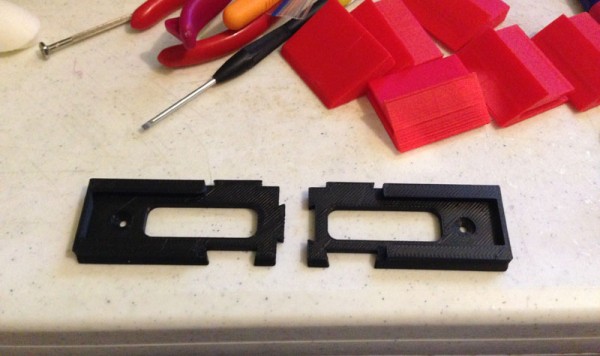
then snapped together: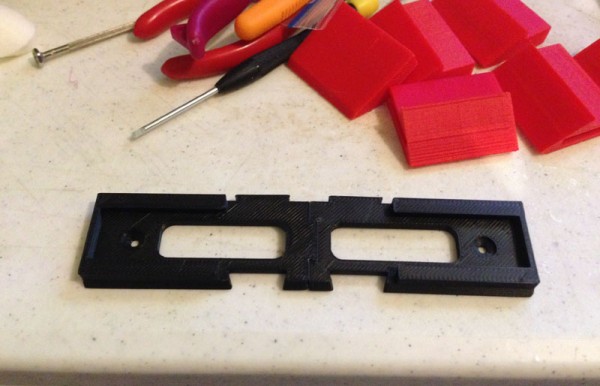
Screw holes on the sides allow me to screw this into a plywood wall that is just above my print table.
Then I created these slotted holders that can slide into the base pieces: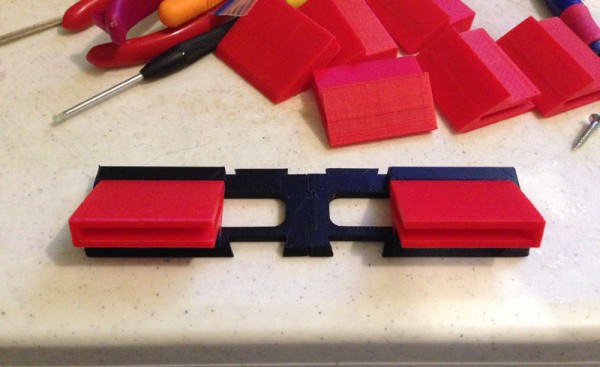
(I have since redesigned those a bit to allow easier insertion of the glass by flaring the apertures a bit, see the final pic.)
So I printed four sets, snapping them together. Since I designed the slot system to not come apart easily, I only need to screw in the top and bottom rack bases, though I could, if I wanted, screw them all in place.
This is the improved slot design. Slightly less wide, but flared so I can put the sheets in easier, yet they still hold well.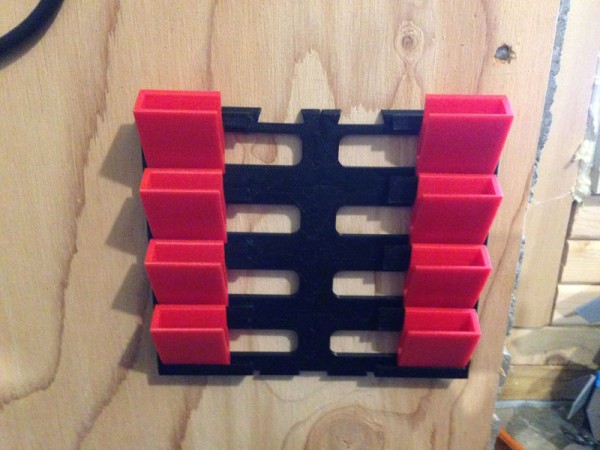
And here are the borosilicate glass sheets in place, perfect, out of the way, and easy to grab when I need one.
